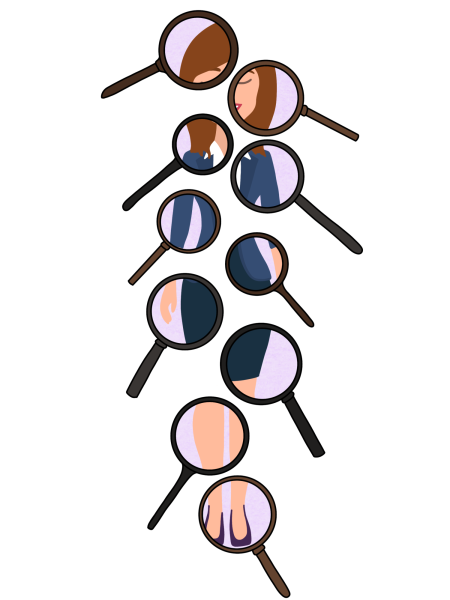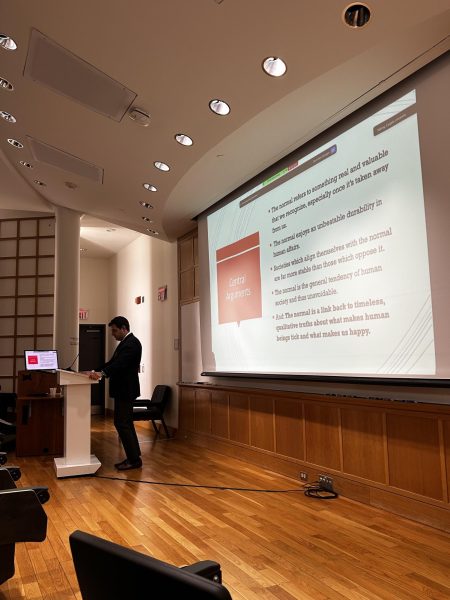Unpopular Opinion: Colgate Isn’t All That Competitive and That’s Okay
Most of us would agree that the academic climate at Colgate is one of great rigor and demand. It’s not surprising to see students in the library working diligently for long hours with intense looks on their faces. Oftentimes, even when they gather together in groups, not a single grin is released. However, the reason for this austerity seems to come not from a desire to outdo one another, but rather from our standards of success from within.
Colgate students all seem to be high achievers, passionate in their own respective fields and cravers of remarkable achievement—all of which stand as a basis upon which a competitive academic environment would thrive. However, we are left here with an enigma in which students appear to be at their own throats, but never the throats of others.
It’s possible that this perplexity is just the result of common Colgate student characteristics. The typical Colgate student embodies a well-rounded individual striving to succeed while also uplifting his or her peers. Such a depiction certainly fosters an atmosphere of collaboration, and a keen sense of cooperation. After all, between the grade deflation, the often-unattainable standards presented by professors and the whopping list of academic requirements, exists one matter that brightens up an often-dark sentiment about academics: the lack of cut-throat competition among students at Colgate.
In other words, this lack of contention produces a more constructive environment for students to support one another. Around campus you can find a myriad of study groups, peer tutoring, friends helping out friends and even students privately working on their own tasks in the most cordial manner.
However, it is no secret that many in the professional world find that competition is actually a positive force in an educational environment. Many believe that competition will spur a sense of motivation to do better and a general desire to accomplish more. But at Colgate, that doesn’t seem to be the case. The rigidity of the curricula and grading here stands as enough to act as the drive for the ubiquitous motivation around campus. Rather than coming together to establish an emblematic ranking of success amongst groups, students at Colgate come together with their own individual incentives but collectively accumulate a strong sense of drive. The product of such a sentiment promotes more achievement than competition ever could.
In addition, the students’ disregard for exceeding the success of their peers actually seems to eliminate much time spent worrying about inconsequentialities. After all, students who compete with one another tend to lose sight of what they personally hoped to achieve. Instead, they throw away energy honing in on their ability to be superior to their friends, the smart kid who sits in the front of the class, the kid who is always studying and even the kid with a 4.0 who they have never even met. Such an environment is tremendously toxic and proves itself to be a catalyst for further stress.
Colgate is definitely an encouraging environment that allows us to succeed and feel proud of what we do here. But we do not have a flawless system set in place; the Colgate academic arrangement is a budding system that is bound to undergo hurdles, but it continues to develop and improve each year. The lack of competition does not imply that this system is perfect, nor does it devalue the rigor of the school and its prestige. Rather, it illustrates what it means to truly be a part of the Colgate community.
This establishment is about inspiring one another and forming interconnectivity amongst those from whom we differ—including differences in our academic abilities. Much of our success as an institution as a whole can be accredited to this matter itself. Here at Colgate, the success of one feeds off of the success of another, and it continues to build upon itself every day.








